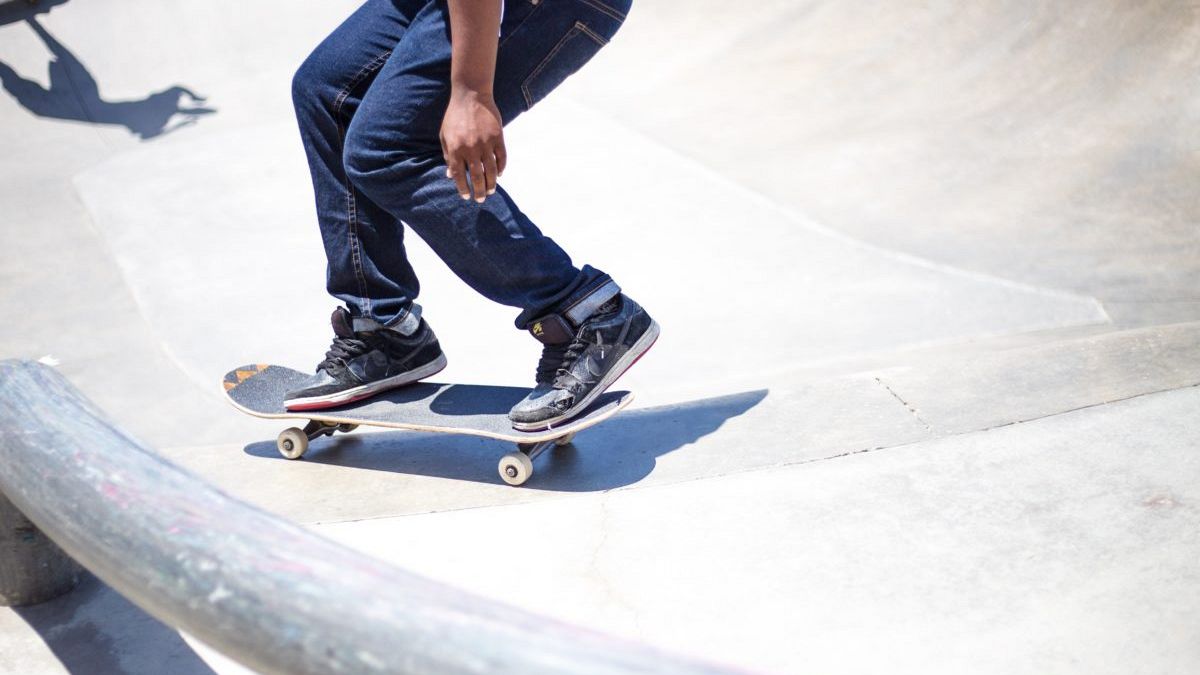Lack of physical activity in adolescence can impact health, as well as cognitive development and sociability.
Four-in-five adolescents worldwide do fewer than an hour-a-day of physical activity, the World Health Organisation (WHO) revealed on Friday, warning that it seriously compromises their future health.
The study, based on data reported from 1.6 million 11 to 17-year old students from across 146 countries, found that the problem is universal and that is it even more acute for girls than for boys.
Overall, 80% of school-going adolescents did not meet the current recommendations of at least one hour of physical activity per day in 2016.
A physically-active lifestyle in adolescence has many health benefits as it improves cardiorespiratory and muscular fitness, bone and cardiometabolic health, and also has positive effects on weight, WHO stressed.
It also highlighted recent evidence which suggests that physical activity also has a positive impact on cognitive development and socialising.
'Concerning' gender differences
"Countries must develop or update their policies and allocate the necessary resources to increase physical activity," Fiona Bull, one of the study's co-authors, said in a statement.
"Policies should increase all forms of physical activity, including through physical education that develops physical literacy, more sports, active play and recreation opportunities — as well as providing safe environments so young people can walk and cycle independently," she added.
South Korean teens were found to be the least physically active with 94.2% doing fewer than an hour a day of physical activity — a number increasing to 97% for girls. The Philippines and Cambodia also had more than nine out of 10 teens doing fewer than an hour a day of physical activity with 93.4% and 91.6% respectively.
At the top of the table is Bangladesh with 66.1% of adolescents not doing sufficient physical activity. Completing the podium are Slovakia (71.5%), and Ireland (71.8%). The US came in fourth with 72% of its teens reporting being active for fewer than an hour every day.
WHO highlighted however that physical activity in countries like Bangladesh and India (which ranked 7th overall) is attributable to wildly different factors depending on the gender. For boys, it is driven by "the strong focus on national sports like cricket", while for girls it is primarily explained "by societal factors, such as increased domestic chore in the home".
"The trend of girls being less active than boys is concerning," Leanne Riley, who co-authored the study, said, calling on policy-makers to provide "more opportunities to meet the needs and interests of girls".
France and Italy worst in EU
The average for the European Union — minus Cyprus — stood at 80.1% of adolescents doing insufficient daily physical activity. This is ahead of most other regions in the world bar South Asia (75.9%) and the average for high-income Western countries, calculated at 78.2%.
Bulgaria, with 73.3%, joined Slovakia and Ireland in the to three EU countries. Member states where adolescents were the less physically active are Greece and Denmark (84.5%), France (81%), and Italy (88.6%).
The study authors flagged that data may be subject to bias as it used self-reported data and not data from wearable devices. They also flagged that as it included information from school-going 11 to 17-year-olds only, due to lack of data for out-of-school adolescents which may skew the results for some developing countries.
